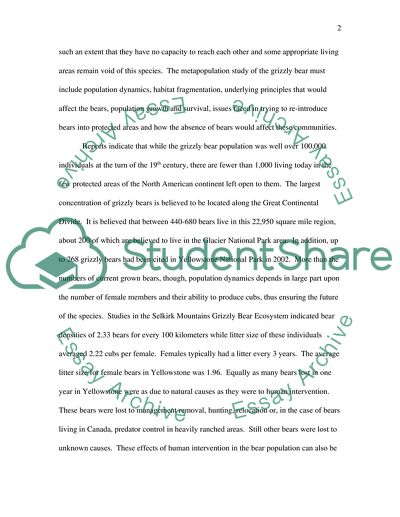Cite this document
(“The population dynamics of the grizzly bears Literature Review Essay”, n.d.)
Retrieved from https://studentshare.org/environmental-studies/1538567-the-population-dynamics-of-the-grizzly-bears-literature-review
Retrieved from https://studentshare.org/environmental-studies/1538567-the-population-dynamics-of-the-grizzly-bears-literature-review
(The Population Dynamics of the Grizzly Bears Literature Review Essay)
https://studentshare.org/environmental-studies/1538567-the-population-dynamics-of-the-grizzly-bears-literature-review.
https://studentshare.org/environmental-studies/1538567-the-population-dynamics-of-the-grizzly-bears-literature-review.
“The Population Dynamics of the Grizzly Bears Literature Review Essay”, n.d. https://studentshare.org/environmental-studies/1538567-the-population-dynamics-of-the-grizzly-bears-literature-review.


